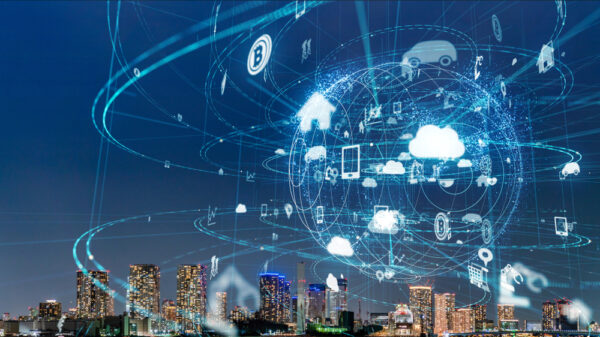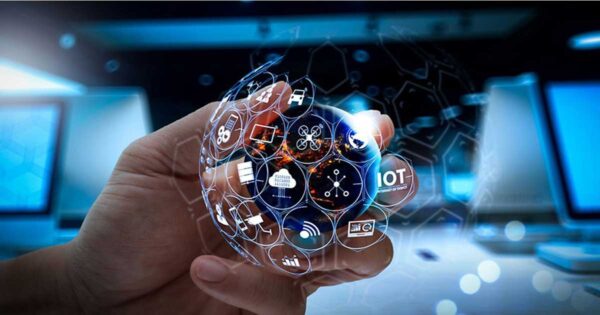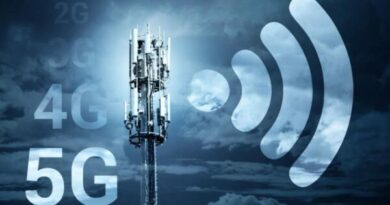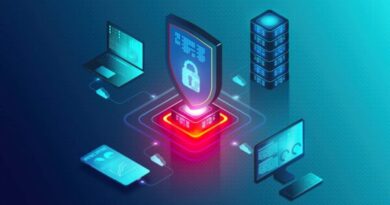The Connected World: Redefining Life in a Digital Ecosystem
The Dawn of a Seamless Reality
Picture a world where every device you own, from your refrigerator to your car, is part of a vast, interconnected network that communicates seamlessly. This is no longer a distant vision but the emerging reality of our connected world. The Internet of Things (IoT) is quietly revolutionizing our daily lives, transforming mundane routines into integrated experiences that are both intuitive and innovative.
Smart Homes: From Automation to Intelligence
Smart homes represent one of the most tangible shifts towards a connected lifestyle. What began with basic automation, such as remote-controlled lights or programmable thermostats, has evolved into a complex web of interconnected devices that work together to create an intelligent living environment.
Today, smart homes are capable of learning your habits and preferences. Your lighting adjusts based on the time of day and your typical schedule, while your thermostat anticipates your comfort needs before you even realize them. Your refrigerator tracks your grocery inventory, notifying you when you’re low on essentials, and even suggesting recipes based on what you have. These conveniences are just the beginning. The real power of smart homes lies in their potential to enhance safety and efficiency on an unprecedented scale.
Imagine a home that can detect water leaks before they cause damage, or that automatically locks doors and windows when you leave. With security systems that can be managed remotely, you can monitor your home in real-time, receive alerts if anything is amiss, and even interact with visitors at your front door from miles away. These systems do more than just make life easier—they offer peace of mind and a new level of control over your personal environment.
Wearable Technology: The Personal Digital Ecosystem
As the boundaries between the digital and physical worlds blur, wearable technology has emerged as a key player in the connected world. These devices are no longer just accessories; they are becoming integral parts of our lives, providing real-time data and insights that help us live healthier, more informed, and more connected lives.
Smartwatches, for example, have evolved far beyond simply telling time. They monitor your heart rate, track your sleep patterns, and even detect abnormal heart rhythms, potentially saving lives. But the capabilities of wearable tech extend beyond health monitoring.
These wearables are also starting to communicate with other devices around us, creating a personal digital ecosystem. Imagine walking into a room and having your watch sync with the room’s lighting and temperature controls, adjusting the environment to your preferred settings. Or consider how your fitness tracker might connect with your refrigerator, suggesting meal plans based on your activity levels and nutritional needs. The possibilities are expanding rapidly, and with them, the ways in which we interact with the world around us.
The Transformation of Transportation: A New Era of Mobility
Transportation is undergoing one of the most profound transformations in the connected world. The advent of autonomous vehicles is not just a technological marvel; it represents a complete rethinking of how we move from place to place. These vehicles, equipped with sensors and connected to a larger network, communicate with each other and with surrounding infrastructure to create a safer, more efficient driving experience.
In this new era of mobility, the concept of driving itself is being redefined. Autonomous cars can navigate traffic, avoid obstacles, and even learn from each other, reducing the likelihood of accidents and improving traffic flow. Imagine a world where your car can drop you off at work and then park itself or even continue to another location to pick up a passenger, all without any human intervention. This is not science fiction; it is the near future.
The implications of connected transportation extend beyond personal vehicles. Entire cities are being reimagined with smart transportation systems that use real-time data to optimize traffic patterns, reduce congestion, and lower emissions. Public transit systems are integrating with ride-sharing platforms and personal devices, offering a more seamless and efficient travel experience for everyone.





